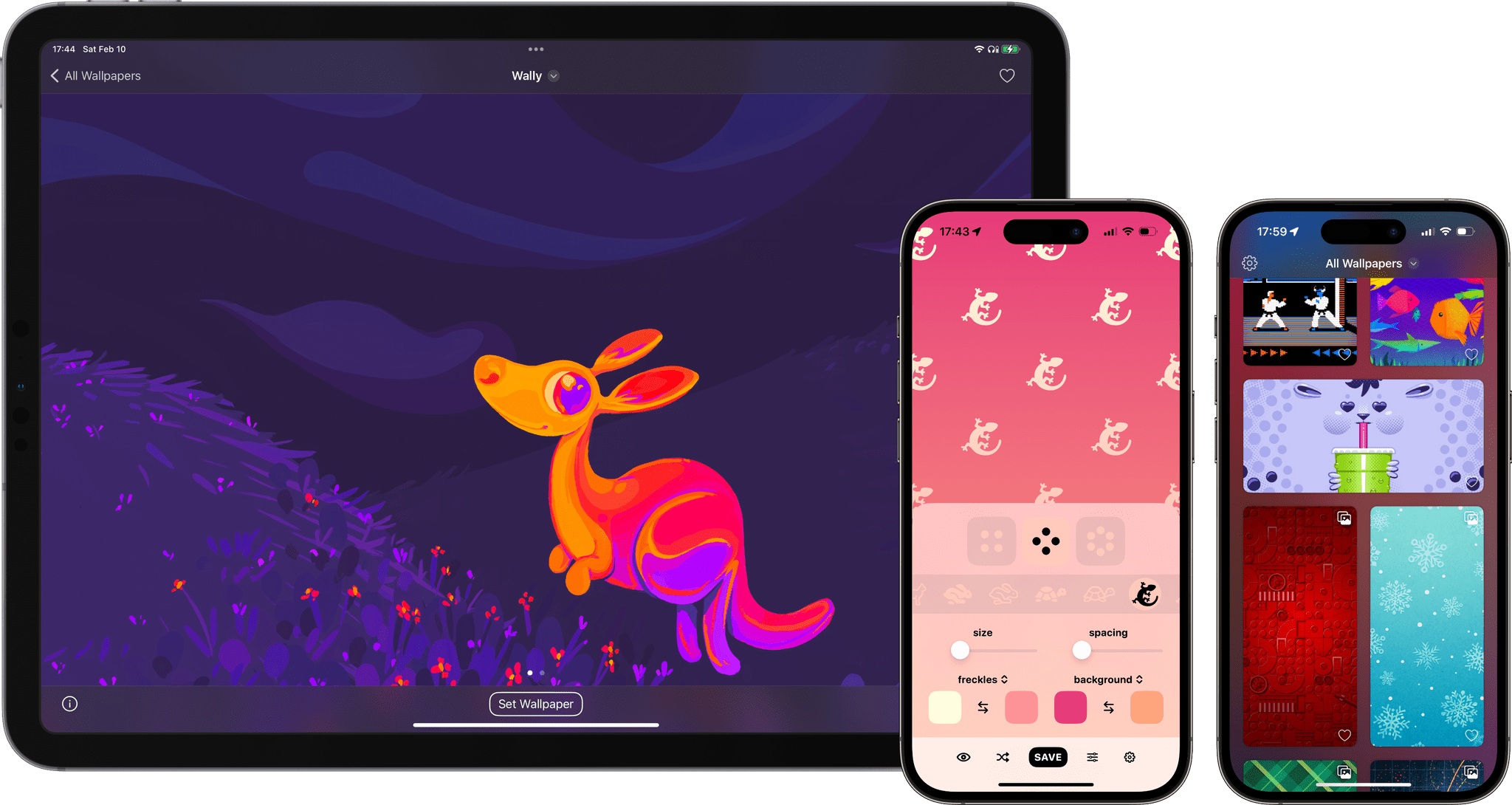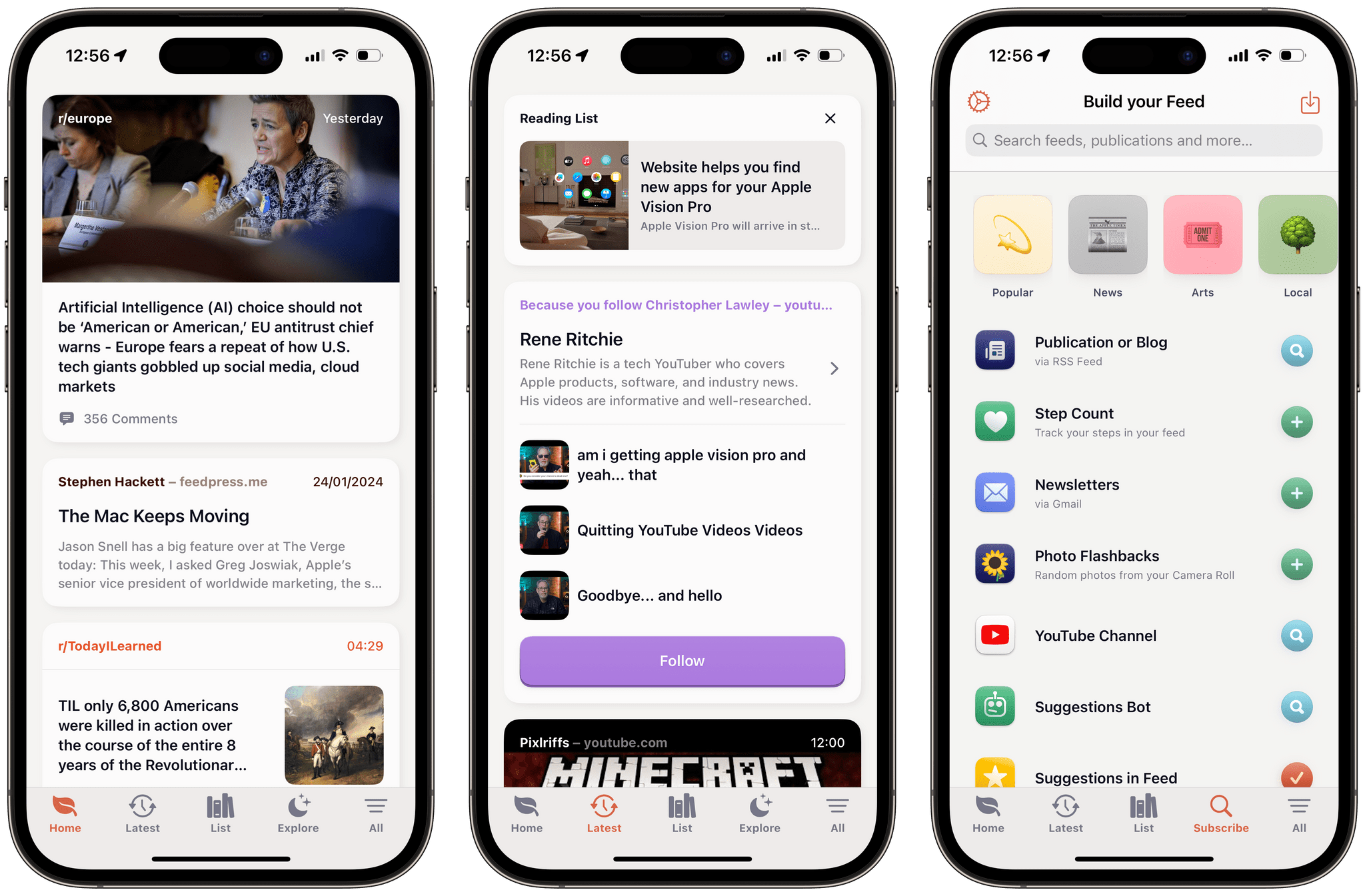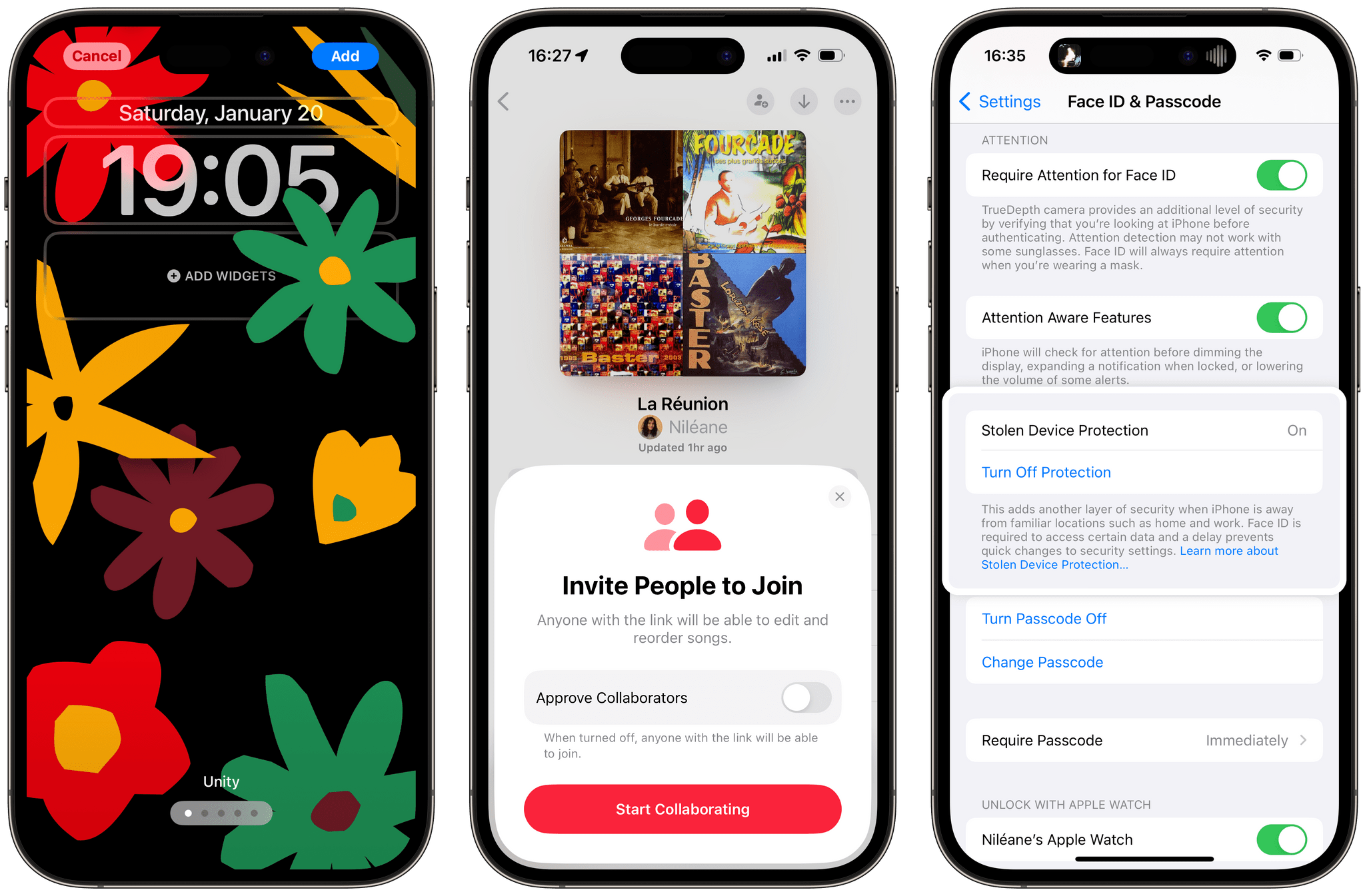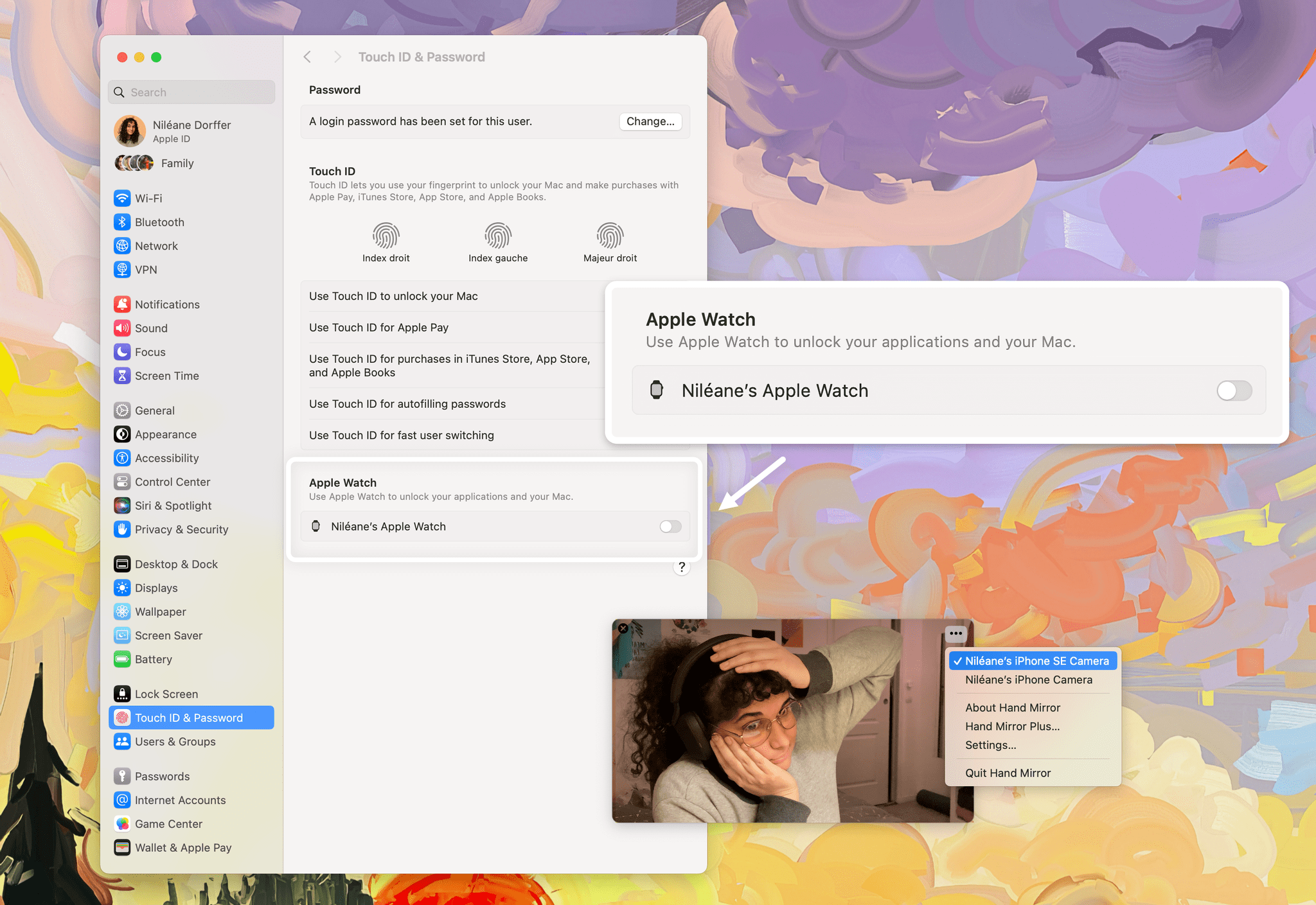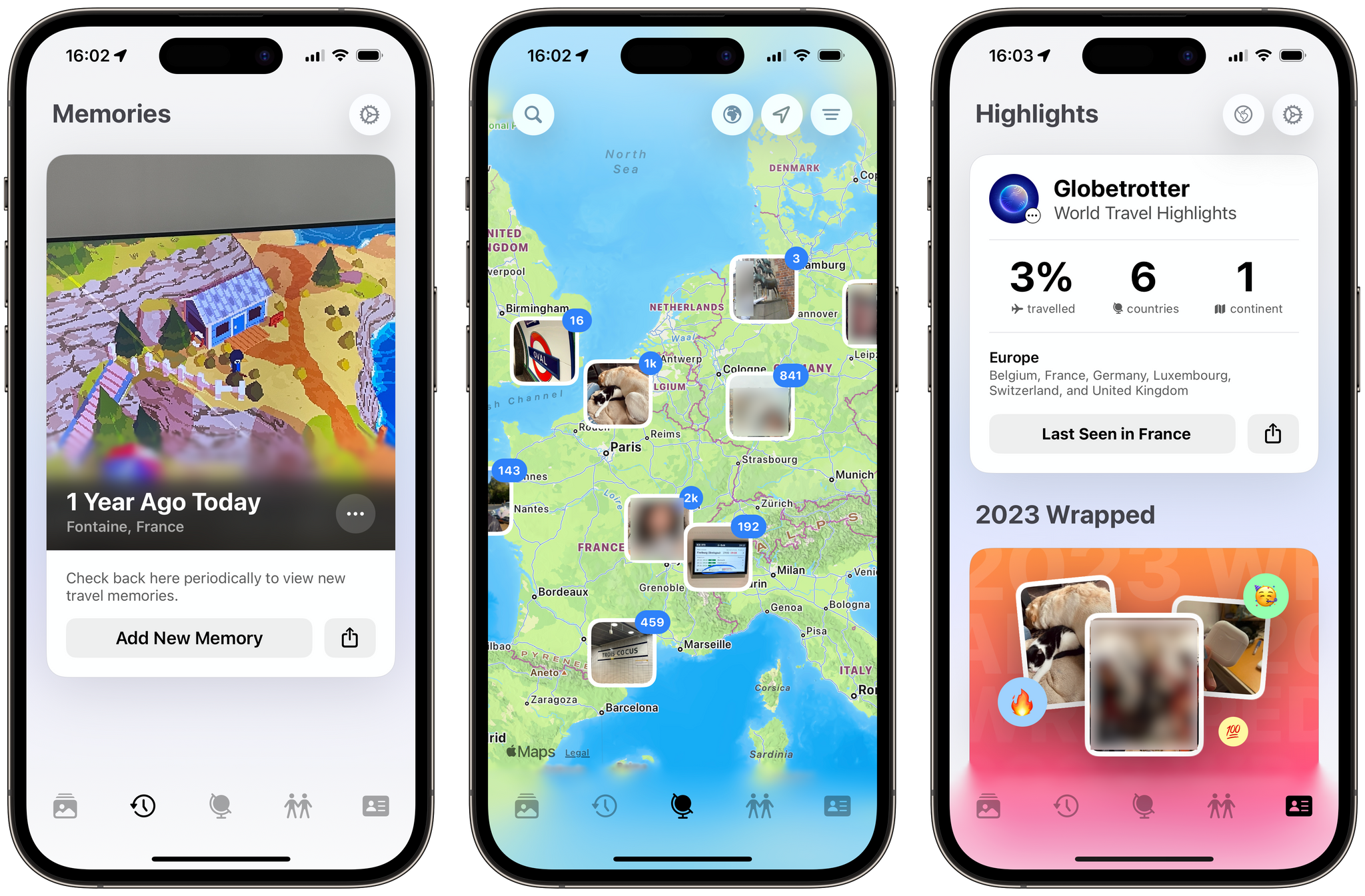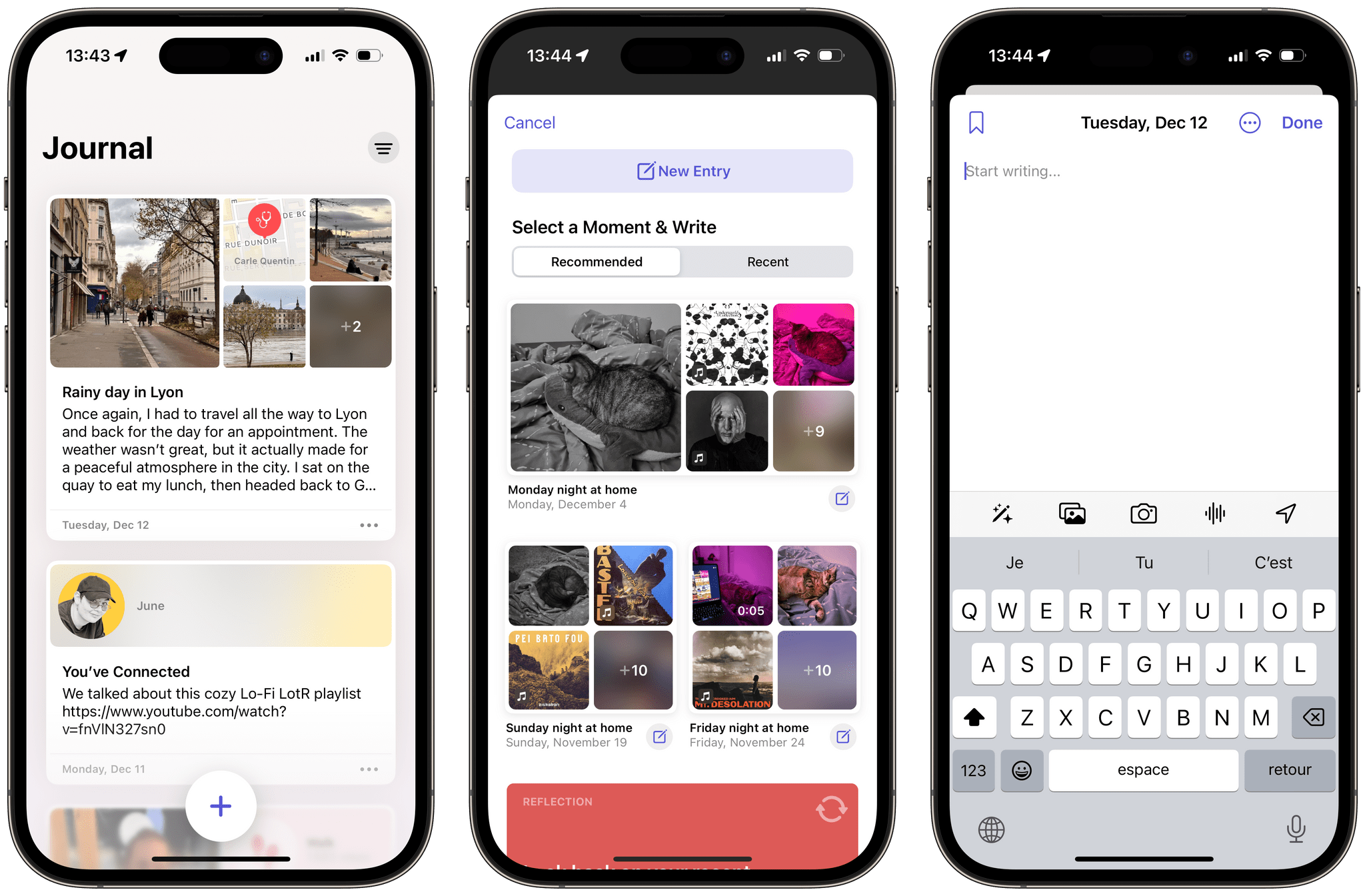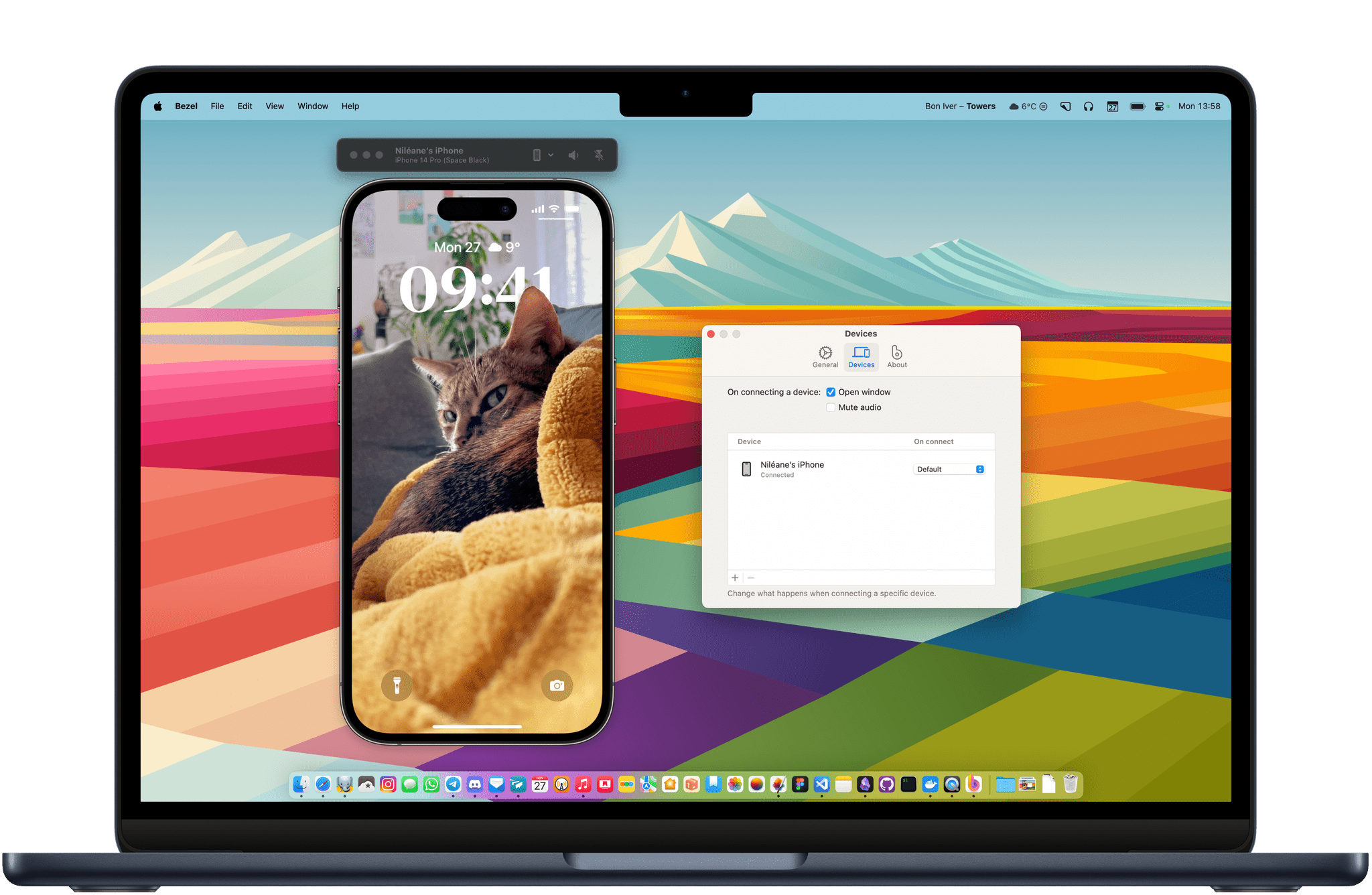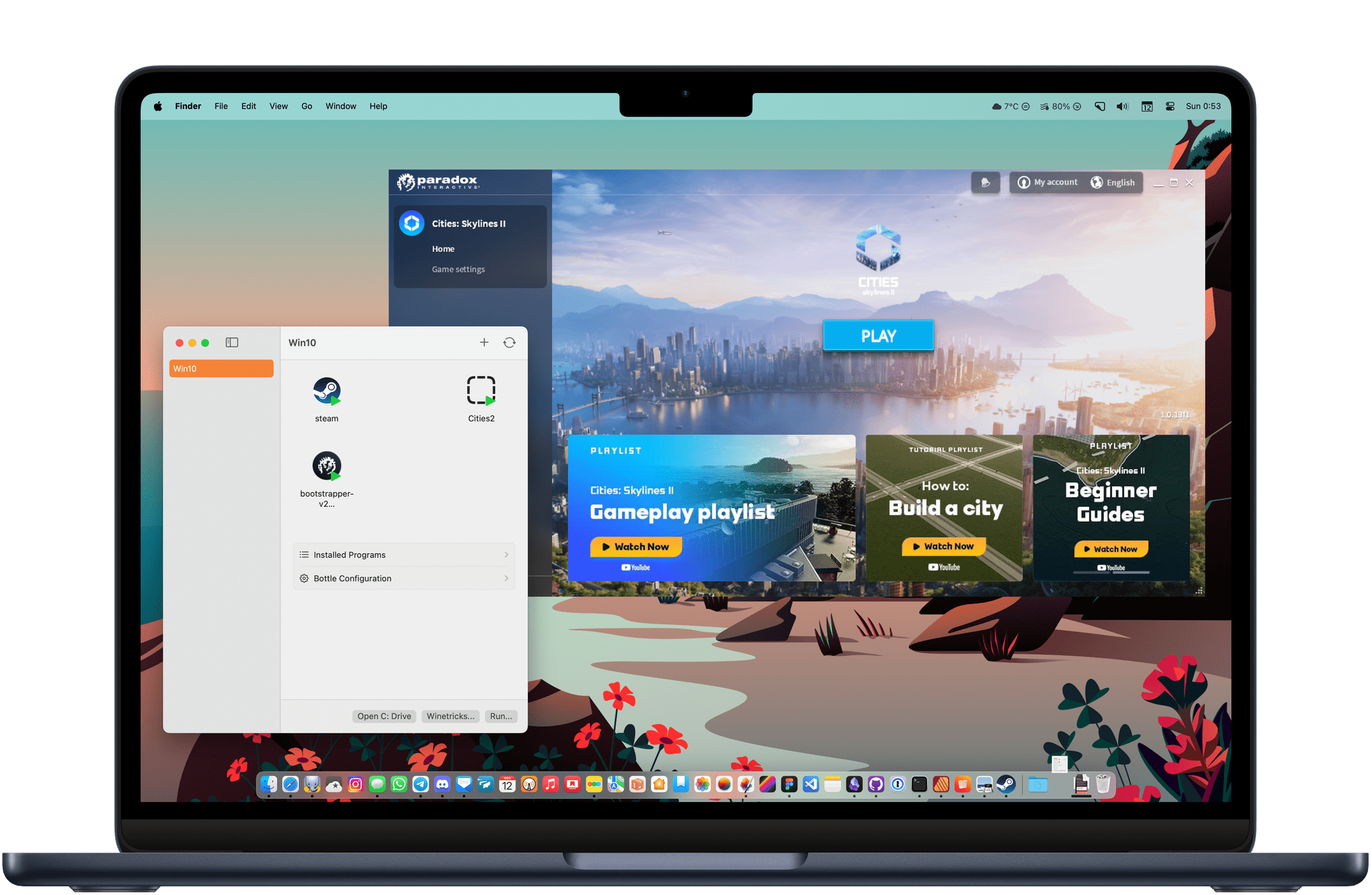Wallpapers have always been a reflection of my often chaotic energy. I can sometimes spend months, or even years, without ever changing my wallpaper, and I can spend that same amount of time just frenetically changing it every day until I’m completely satisfied. A lot of that decision process is completely irrational, but I do know what I’m looking for when choosing a new wallpaper. It must be high-resolution, vibrant, colorful, and it mustn’t look too busy.
Early this year, I once again started going through a frenetic wallpaper-hunting phase. It turns out, high-quality wallpaper apps in the App Store are not that easy to find. I have frequently come across wallpaper apps that are filled with scammy ads, and sometimes even seem to contain stolen artwork. So I am seizing this opportunity to round up and highlight some of my favorite high-quality wallpaper apps, tools, and artists on Apple’s platforms in 2024.
Let’s check them out.


